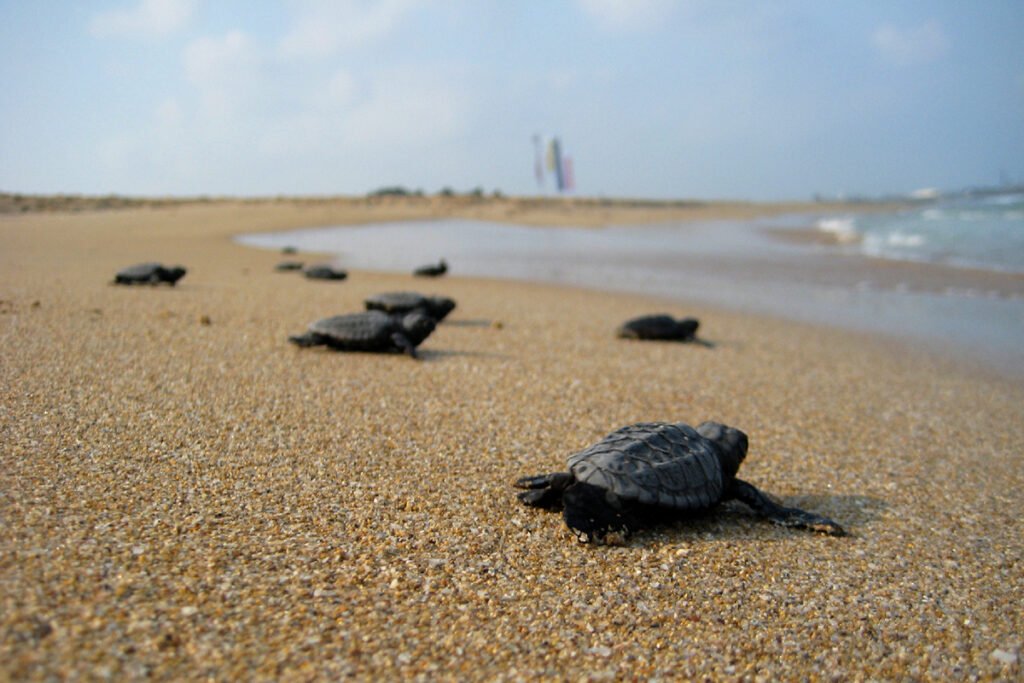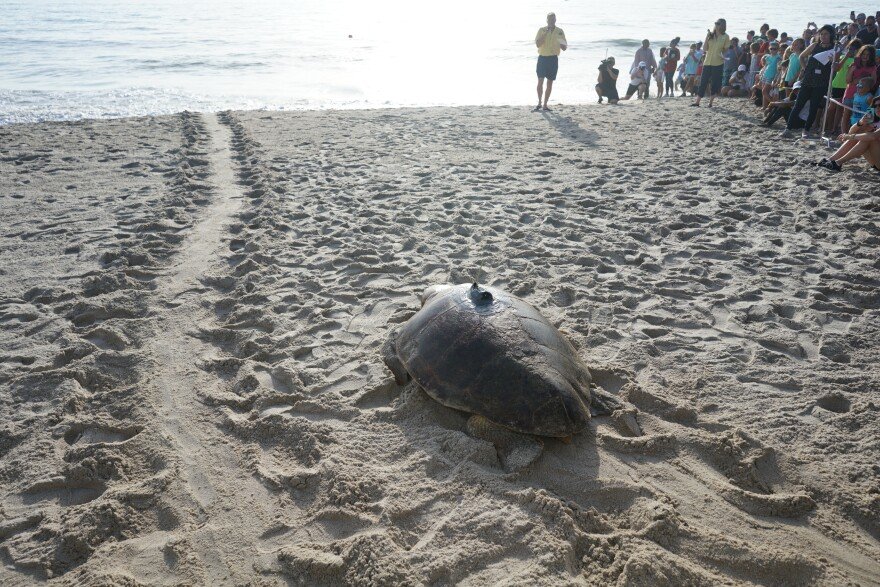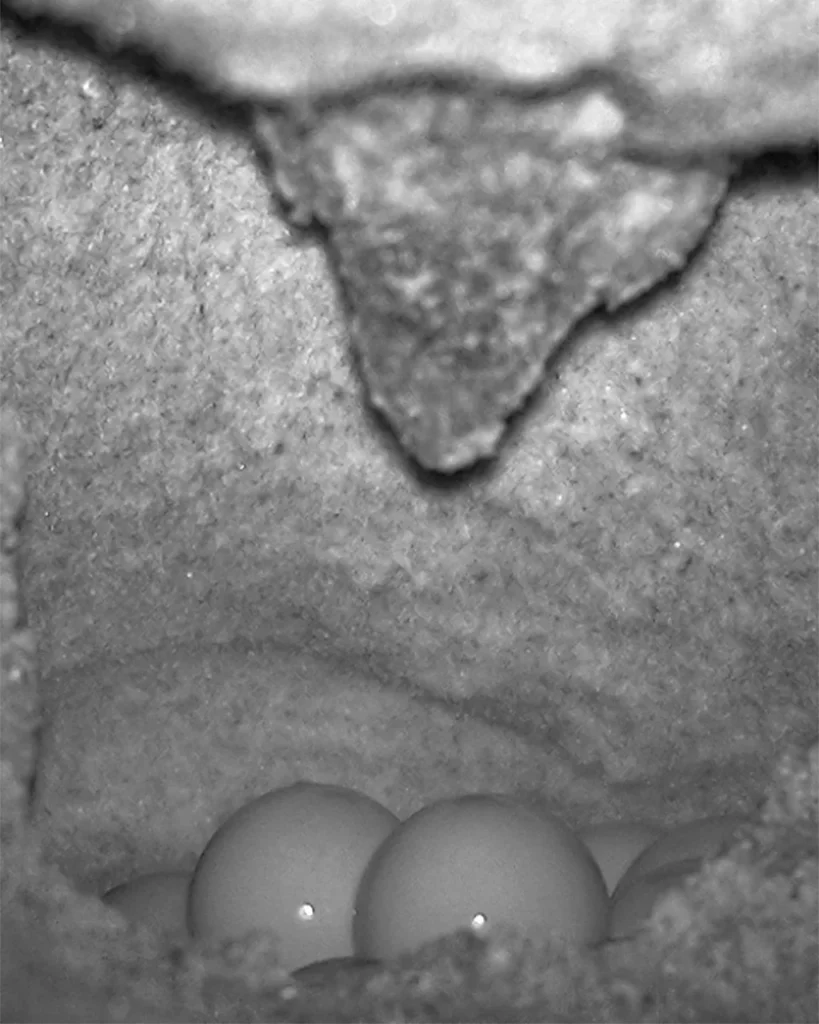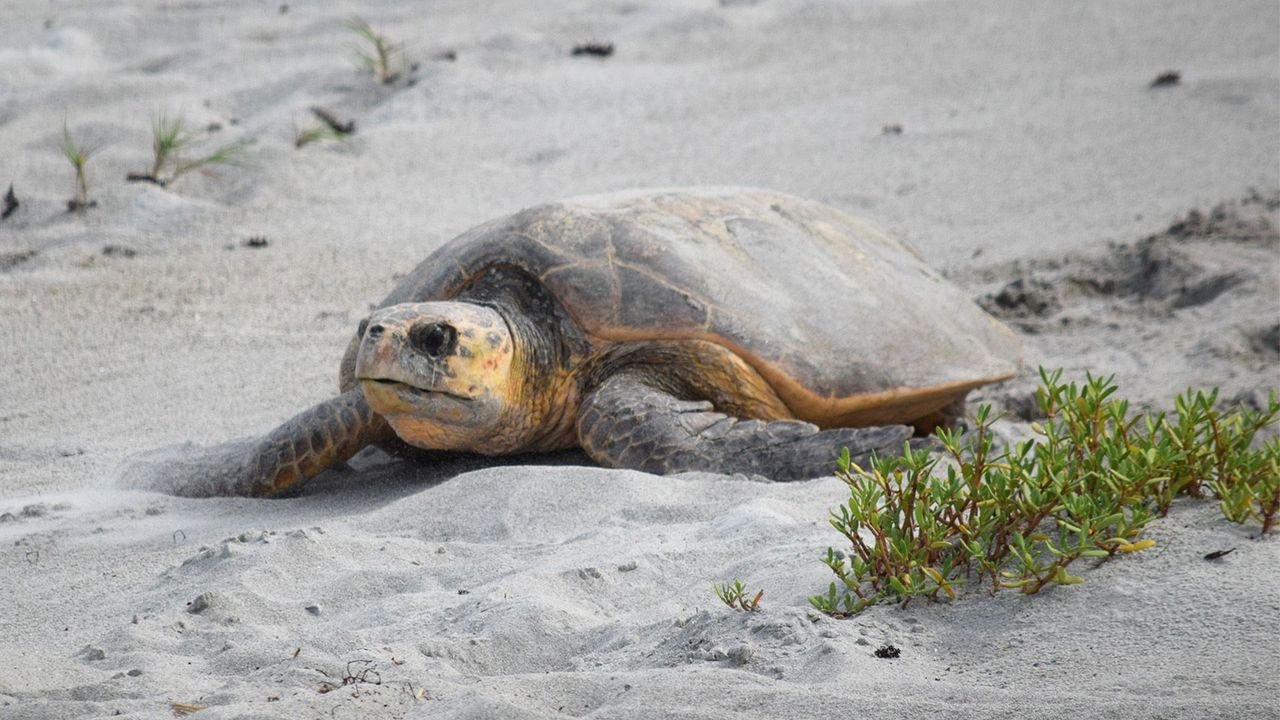Florida’s Coastal Refuge for Sea Turtle Nesting

Sea turtle nesting in Florida reaches its peak at the Archie Carr National Wildlife Refuge, located just 90 minutes from the bustle of Orlando’s theme parks. Stretching across 33 kilometers of pristine coastline between Melbourne Beach and Wabasso Beach, this vital ecological sanctuary hosts one of the world’s largest nesting populations of loggerhead, green, and leatherback sea turtles. Despite growing tourism and residential development nearby, the refuge remains a critical stronghold where sea turtles return year after year to lay their eggs.
How Sea Turtle Nesting in Florida Endures at Melbourne Beach
From the dunes overlooking Melbourne Beach, one might glimpse the serene Atlantic, unaware of the dynamic natural processes taking place beneath the surface. Sea turtle nesting in Florida is especially active here, with green sea turtles gliding just offshore while hundreds of nests lie hidden beneath the sand. This region is one of the most important hubs for sea turtle nesting in Florida, where conservation efforts have maintained a delicate balance between nature and human activity. Few places highlight the success of protecting wildlife better than this coastal refuge, making sea turtle nesting in Florida a powerful symbol of coexistence.
The Refuge That Redefines Sea Turtle Nesting in Florida
Named after sea turtle biologist Dr. Archie Carr, the refuge was established in 1991 as a collaborative conservation zone blending protected lands with privately owned property. It doesn’t segregate humans from wildlife but instead fosters their coexistence. Rows of pastel beach homes line the shore, yet turtles keep returning in record numbers.
Witnessing Sea Turtle Nesting in Florida: A Night Tour Experience
To better understand this coexistence, I joined a guided sea turtle nesting tour. These tours, regulated by state permits and limited in size, begin with educational sessions before scouts lead participants onto the beach under cover of night. Sea turtles, especially females preparing to nest, are highly sensitive to light and sound. As a result, nighttime beachgoers must adhere to strict rules to minimize disruption.
When a female turtle emerges, digs a nest, and begins laying eggs, she enters a trance-like state. During this time, observers can quietly watch her ancient ritual up close. It is a powerful moment, connecting modern humans with a process that has been occurring for over 100 million years.
Threats to Nesting and Survival
Despite the refuge’s protections, challenges persist. Light pollution, coastal construction, and human interference all threaten nesting success. Female turtles instinctively return to the same beaches where they were born. However, excessive lighting or artificial barriers such as sea walls and groynes can deter them from nesting. In some cases, turtles may abandon nesting altogether, releasing their eggs into the sea—where survival is impossible.

Even among successfully laid eggs, the odds are grim. Only about 1 in 1,000 hatchlings reach adulthood. Disorientation from light and being blocked by man-made structures are leading causes of early mortality.
Smart Conservation: Laws and Lights
To counter these threats, conservationists have implemented stringent lighting ordinances. Private homes must install low, shielded lights that emit long wavelengths, which are less visible to turtles. During the nesting season (March to October), beaches must remain dark and quiet at night. Beachgoers are prohibited from using flashlights or phone lights, and guided tours are the only sanctioned nighttime activity.
These efforts are working. When turtle surveys began in 1983, only about 13,000 nests were documented. By 2023, that number exceeded 44,000. The refuge is now considered to have the highest number of loggerhead turtle nests in the world.
Conflicts and Cooperation
Although most residents and visitors are compliant, tensions still arise. On the tour I joined, a nesting turtle was scared off by a group of fishermen using bright lights. Rangers quickly intervened, and the group agreed to reduce the disturbance. While many tourists respect the rules, others may resist. Some local volunteers have faced backlash when asking night beachgoers to dim their lights. Short-term rentals like Airbnbs are often less compliant due to absent property owners.
The Power of Community-Based Conservation
The Archie Carr model shows how development and wildlife can coexist. Rather than isolating nature in remote parks, this refuge integrates it within human communities. Local education, volunteer involvement, and government investment have helped shape a conservation culture where sea turtles are respected.
Guided nesting tours play a crucial role. They allow people to witness the turtles without harming them, fostering a deeper understanding and emotional connection. The revenue generated and the attention drawn to the refuge reinforce its importance and drive continued support.
Beyond Turtles: A Biodiverse Sanctuary
The refuge doesn’t just protect turtles. During my daytime visit, I encountered yellow rat snakes, bobcat claw marks, burrowing crabs, tortoises, and thriving mangrove forests. Coyotes, manatees, and rabbits also call this habitat home, forming an intricate web of biodiversity.
A Turtle Named Jolene
Later that night, after the initial turtle was scared off, we met another. A loggerhead we affectionately named Jolene emerged from the waves, dug her nest, and began laying eggs. The group watched in reverent silence as she performed her ancient task. Jolene will likely return to nest multiple times this season.

Before crawling back to sea, she carefully camouflaged her nest by scattering sand and disturbing the surface to confuse predators. She paused at the water’s edge, then vanished into the Atlantic. Her hatchlings, if they survive, may return to this same beach in decades to come.
A Legacy Worth Protecting
Sea turtles are survivors from the time of dinosaurs. Yet today, it is not natural predators or extinction-level events that threaten them, but human activities. Places like the Archie Carr National Wildlife Refuge demonstrate that with proper planning, laws, and respect, humans and ancient species can share the shoreline.
As modern development presses ever closer, this Florida sanctuary remains a hopeful example of conservation that works—where a loggerhead turtle can return to a dark, quiet beach to do what her ancestors have done for millennia.




